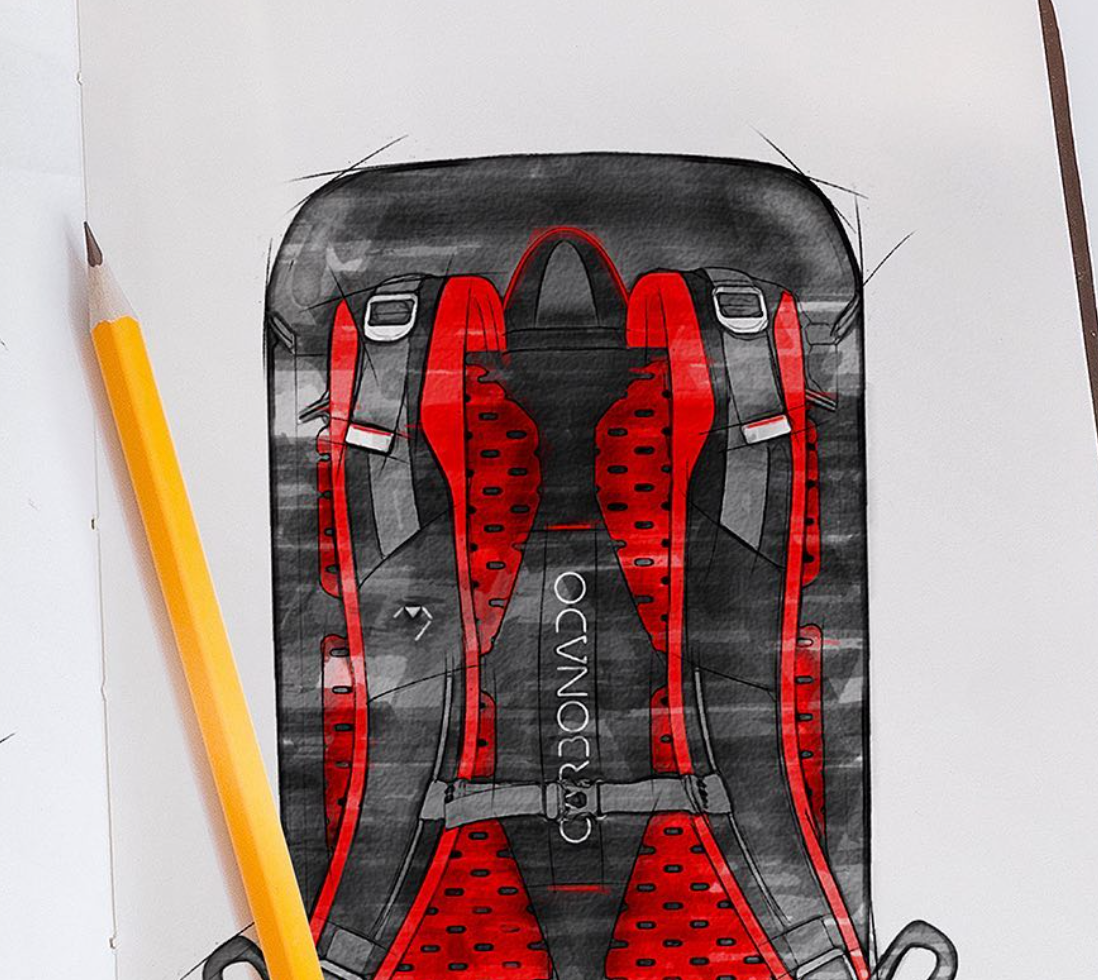“Product Designers need to make sure they are considering the Product's lifespan and Product maintenance needs - after all, a Product that is not maintained will eventually be abandoned by their target audiences.”
Product Design Basics
The Product Design process is a complete one that starts with the idea and ends with the Product's launch (whether it be for an online business or manufacturing of goods). Product Designers are responsible for ensuring that this product design process is done in a way that it meets all the required specifications. Product Designers also have to ensure that they work closely with other teams such as engineering and R&D to ensure success.
Some Product Designers will work on a project cycle, which means they'll ask questions such as 'How can I make this Product better?', 'What should I add to my Product design?', 'What should I remove from my Product design?'. Product Designers also need to think about how their Product design will affect the Product's usability. Product Designers also need to consider environmental factors and sustainability when designing environmentally conscious products, such as sustainable packaging or eco-friendly materials.
When designing a product it is important for designers to know their main target audience so they can make sure their product meets all of the specifications required by that audience. Product Designers also need to make sure they are considering the Product's lifespan and Product maintenance needs - after all, a Product that is not maintained will eventually be abandoned by their target audiences.
Product Design Process at Carbonado
The Product Design Process of Carbonado is a multi-step process that requires an abundance of experience in both engineering and design. There are three common approaches to Product Design - the Conceptual, Research, and Product Development processes.Conceptual Product Design is where one or more ideas for a new product are developed.
This typically occurs before any research has been undertaken on whether there is a market need or demand for such a product.
Conceptual Product Development
The Product Development process typically starts with the Conceptual Product Design stage, which involves refining an idea and exploring its feasibility. This may involve a brainstorming session to produce as many different ideas for solving problems or improving opportunities to generate the best possible solution.
Tools used in the concept development stage are Product Designers' Product specifications, Product sketches or Product renderings. Product designers will also need to consider the feasibility of their product idea and whether it can be produced with current technology.
It may be that the best way to start developing your idea into reality would be with Research Product Development as below:
Research Product Development
Research Product Development starts by looking at all aspects from customer needs through the technical feasibility to determine if it's possible to produce a viable solution for the Product.
This process generally has a more formal and structured approach to Product Design, with each stage taking time and consideration to ensure that the result is as desirable as possible for all involved.
Tools generally used in Research Product Development are; interviews, surveys, focus groups, testing/trialling products, observation techniques such as shadowing.
Some types of questions that Product Developers may ask their respondents during the research process include:
- What are my customer's attitudes and behaviour?
- How do I know what people want or need?
- Why might Product Designers not have all the information they require to move any particular Product forward.
- Product Designers may also need to ask themselves: What are the Product's key features? What is its purpose and how will it be used?
The Product Development Process
Finally, Product Development is where Product Designers turn your idea into an actual thing: prototyping, production planning, sourcing materials, and components. The Product Development Process is where Product Designers refine their ideas into tangible products.
Prototypes
A prototype is an early model or sample created to evaluate the product's different aspects before mass-producing it. Prototyping occurs at all stages of Product Development: Conceptual Product Design, Research Product Development, and Product Development. Product Designers use prototypes to test the product and refine it for further development.
Prototypes are a tangible materialisation of Product Designers' ideas, which can be used to test the product and refine it. Product designers will also need to consider whether their idea is feasible using current technology.
If you have a product idea that needs new product designing, prototyping or CAD modelling support then contact our team at Carbonado today!


